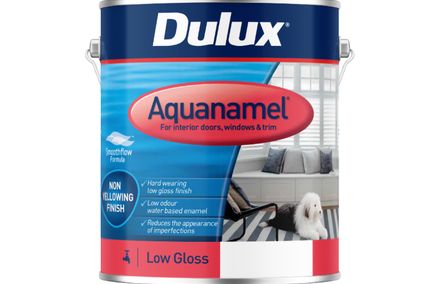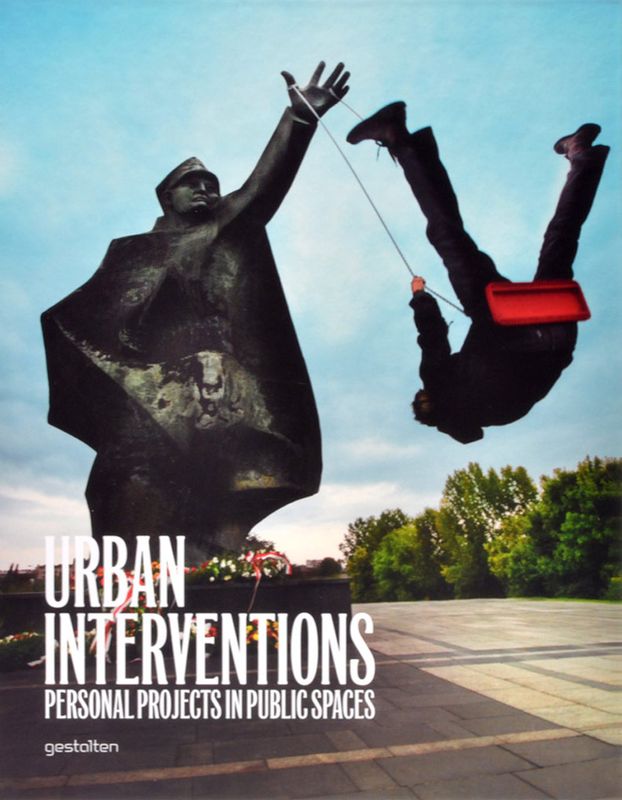The joy exhibited in the project depicted on the cover of this book pervades the entire volume. A swing dangles from the outstretched arm of a Soviet soldier statue; the memorial’s designers would have been unaware that the utopian future would be anywhere near as disrespectful as this.
Urban Interventions captures spontaneous and planned intrusions in the landscape, which seek to remind passers-by that it was we – the public, who created these spaces – inhabit them and we are at liberty to change them. The built environment that we confront each day can seem alien to us but this book profiles the hundreds of projects that defy such a passive existence and demand engagement. There are cheeky installations such as street signs that melt into footpaths, and a soccer net woven as a spider web, as well as those that make political comment, such as the electrical boxes disguised as miniature concrete-block housing. Red ribbons wrapped around discarded objects and gold-painted street furniture ask people to re-evaluate the worth of public spaces, while stickers of fingers skulking out of grates and bodies piled into gaps and beneath staircases make us wonder whether this space is really for the public at all.
While some projects are large-scale land art installations, most are executed within city spaces, making the urban realm into an endless playground. Often comical and irreverent, these projects endeavour to break into each individual’s consciousness and allow us to share more than the space we find ourselves in.
R. Klanten, M. Hubner (Eds.), Gestalten 2010, 288 pp, $120.


















